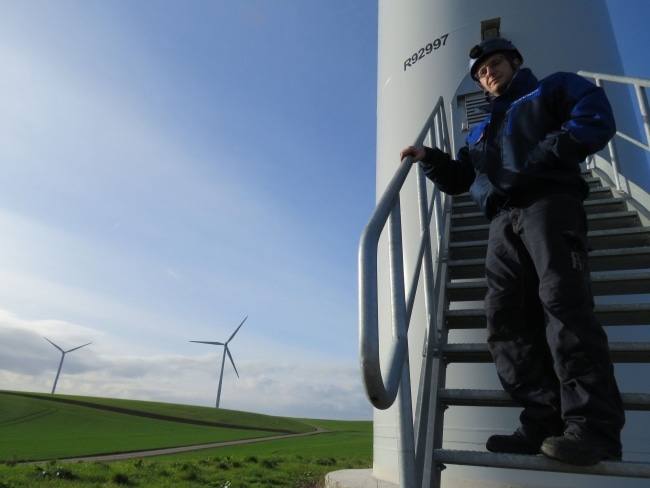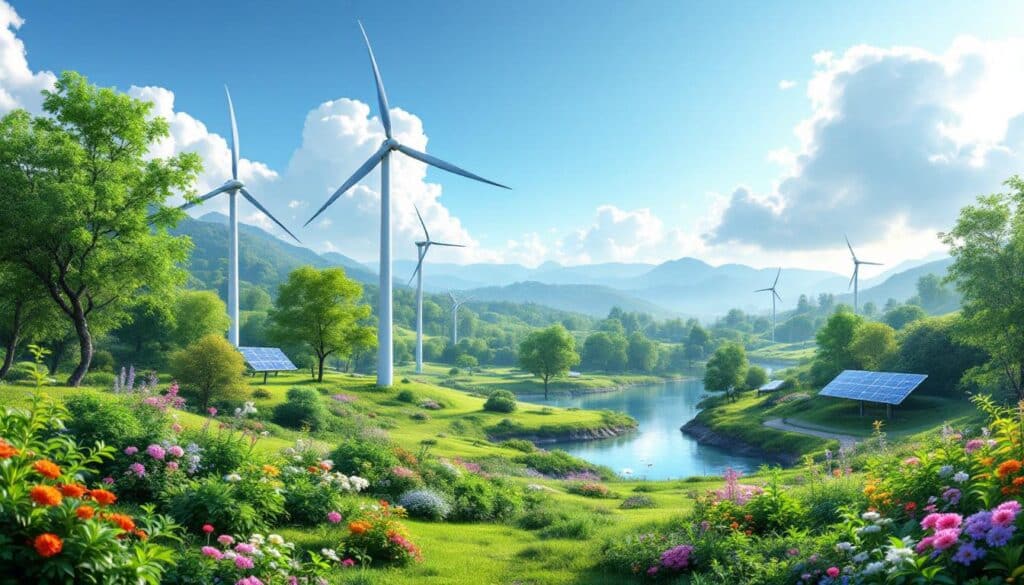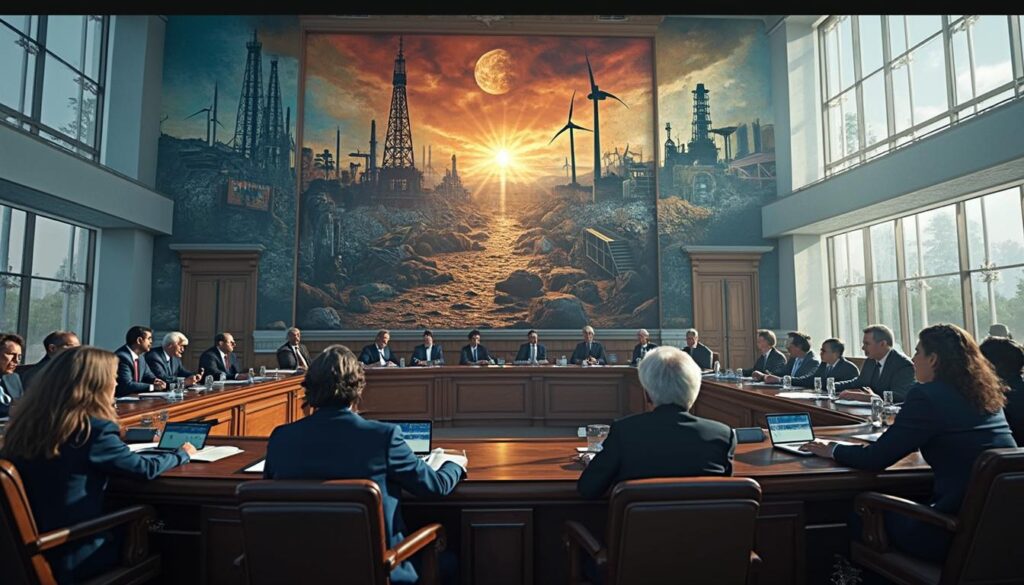The transition to renewable energy is now an imperative in the face of the environmental and climatic challenges we face. Yet, despite technological advances and the undeniable benefits of these energy sources, a certain apprehension persists among the American populace. This fear may seem paradoxical in the era of innovation, but it is rooted in deep-seated concerns related to economic, political, and sociocultural issues. Therefore, it becomes crucial to explore these hesitations in order to better understand how to overcome these obstacles and promote broader adoption of renewable energy projects.
Perception and Trust Issues

Renewable energy projects often encounter some resistance among the American populace. One of the main reasons is the mistrust towards new technologies. People are not always aware of the long-term benefits and fear potential negative effects, such as the noise from wind turbines or the aesthetics of solar panels.
Moreover, there is a strong influence from energy lobbies. The oil and gas industries have instilled a certain fear in people’s minds by exaggerating the risks of renewable energies and downplaying their own disastrous environmental impacts.
Economic Uncertainties
Many Americans also worry about the economic implications of renewable energy projects. Some fear job losses in traditional industries, particularly coal mining and oil drilling. The transition to a green economy is perceived as a direct threat to their financial security.
The high upfront cost of solar or wind installations can deter consumers who do not always see the long-term savings. This economic uncertainty fuels fears that investments in renewable energies may not yield real benefits.
Political and Cultural Influence
It is impossible to discuss the fear of renewable energies without considering the political divide in the United States. Renewable energies are often associated with a progressive political movement, which can create an instinctive rejection among those who identify more with conservative political currents.
Culture also plays a role. Fossil fuels have been part of American identity for decades, and changing this perception is a slow and difficult process. Cultural resistance means that there is a certain nostalgia for “old” types of energy, making renewable energies less attractive.
Lack of Education and Information
Another important factor is the lack of information. Many Americans do not fully understand how renewable energies work, their long-term economic benefits, and their positive environmental impact. This ignorance leads to irrational fears and false beliefs.
It is vital to invest in educational programs to better inform the public about the benefits of renewable energies and to demystify misconceptions. Schools, media, and government campaigns can all play a crucial role in this education.
Infrastructure Challenges
Finally, infrastructure challenges also pose problems. Many Americans are concerned about integrating renewable energies into the existing energy grid. There is a fear that the grid may not reliably handle a large amount of solar or wind energy, which could lead to power outages.
To alleviate these fears, it is important to modernize the energy grid and invest in energy storage technologies. This will ensure a smooth transition to broader use of renewable energies.
Actions to Reduce These Fears
- Education and Awareness: Informing the public about the benefits of renewable energies.
- Economic Incentives: Offering grants and tax credits for renewable energy installations.
- Infrastructure Modernization: Investing in the energy grid to ensure a smooth transition.
- Political Dialogue: Encouraging bipartisan discourse to reduce the political divide on renewable energies.
By addressing these various aspects, it is possible to lessen fears and promote broader adoption of renewable energy projects in the United States.
Articles similaires
Thank you!
We will contact you soon.














